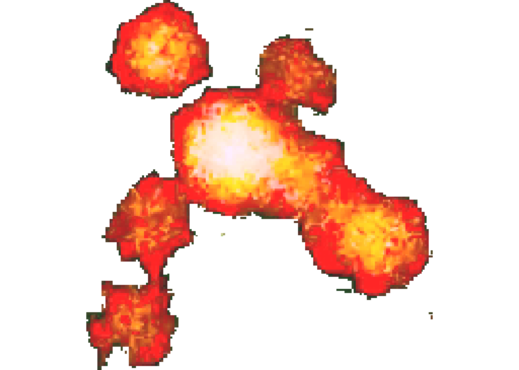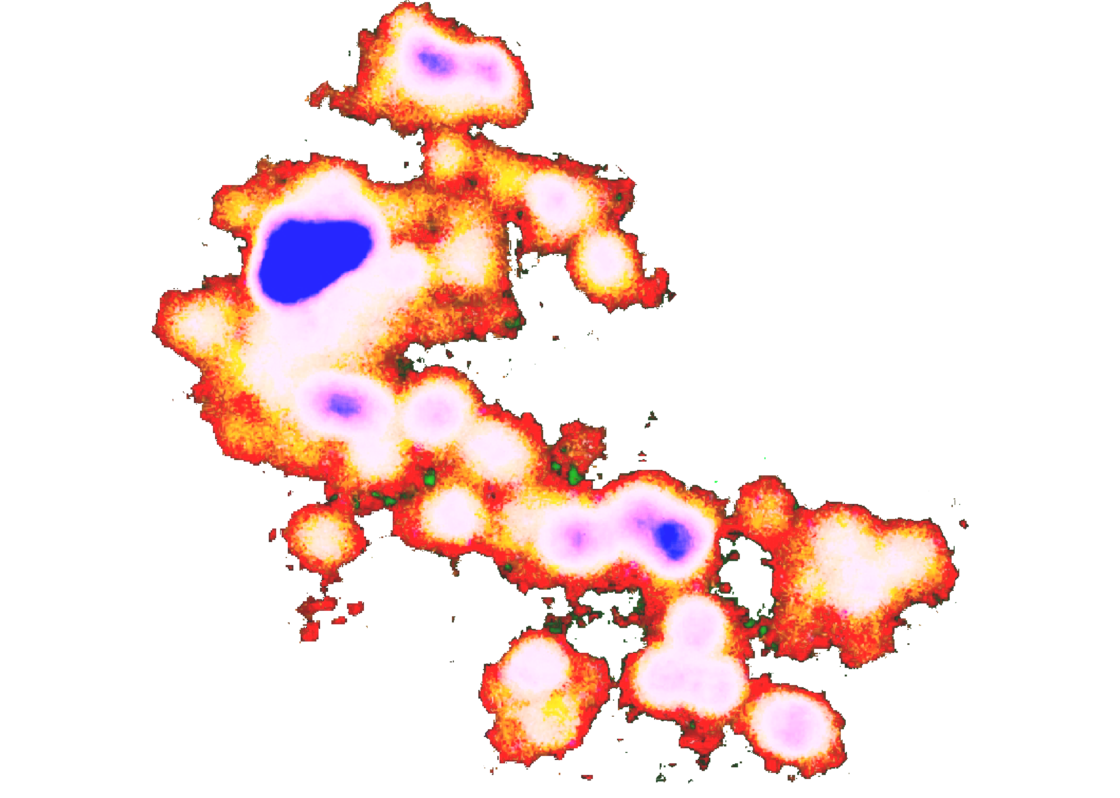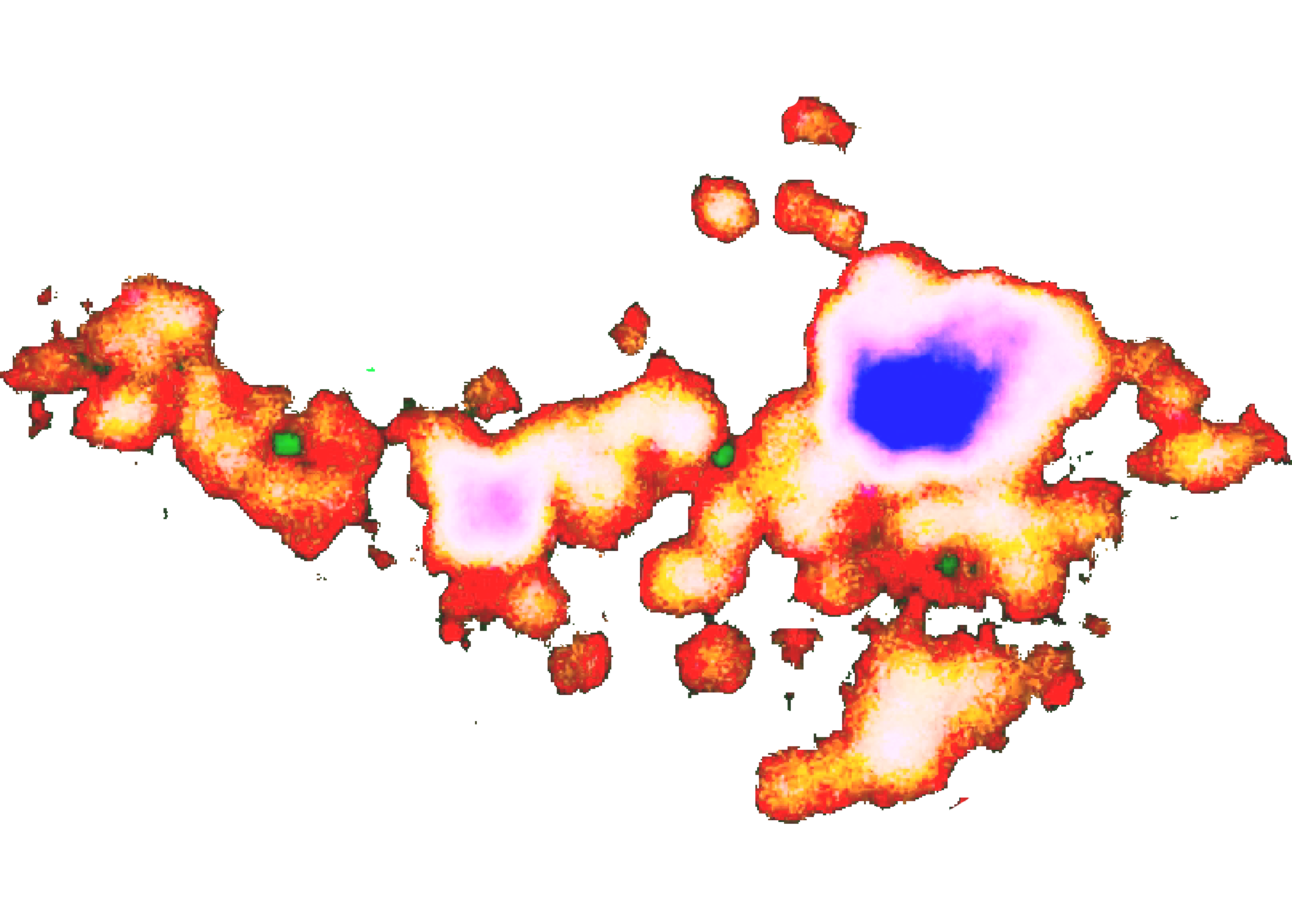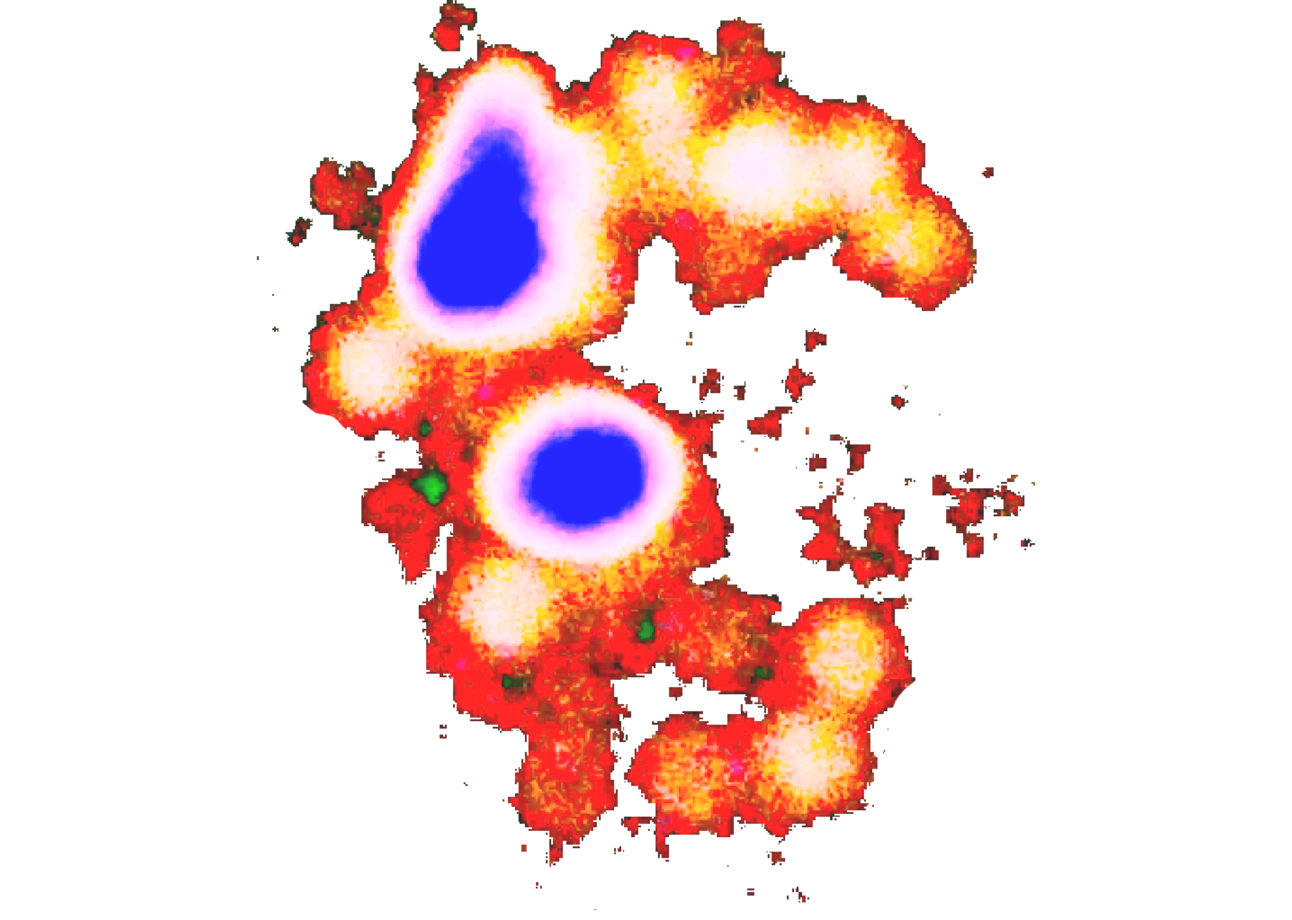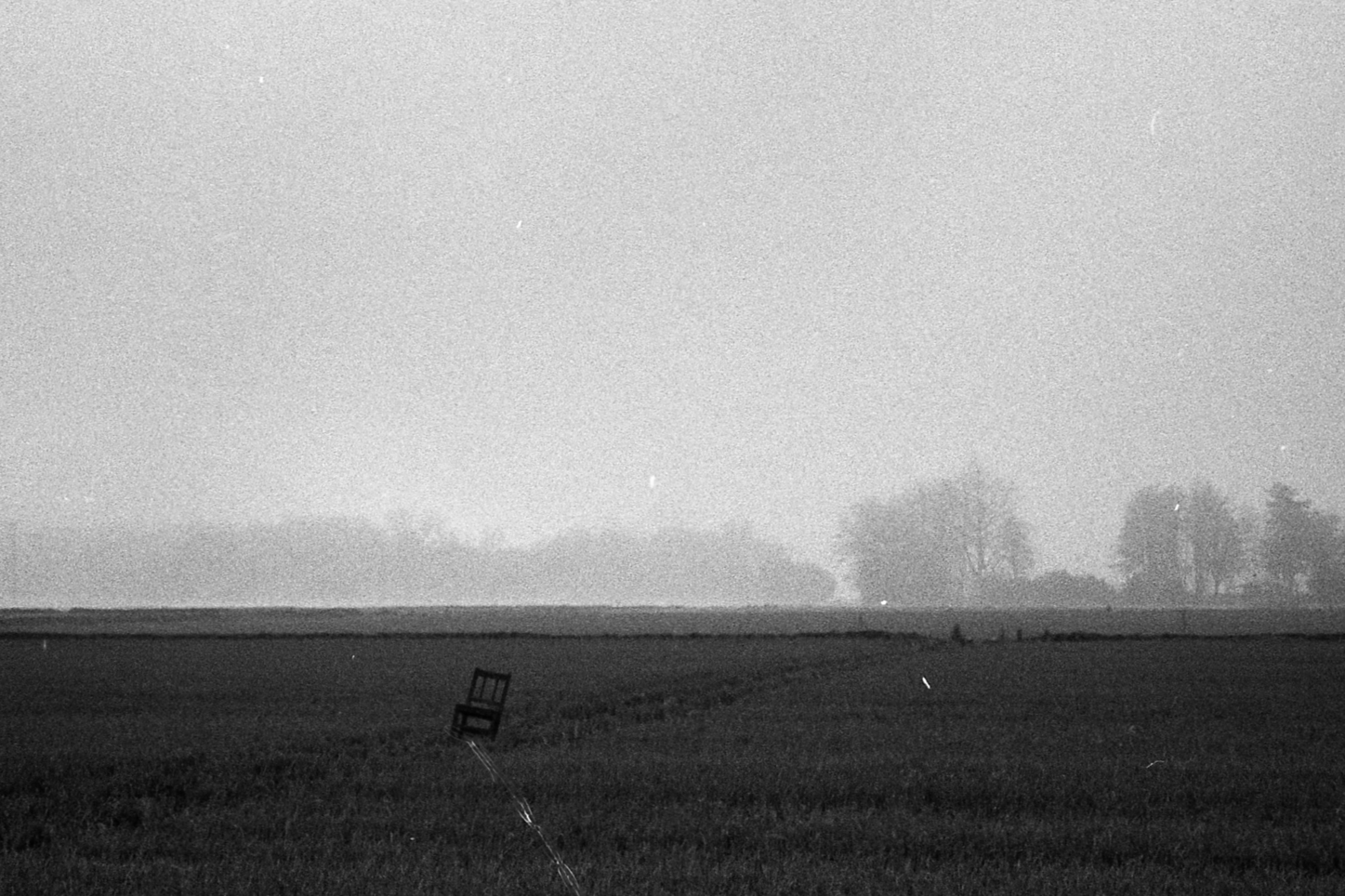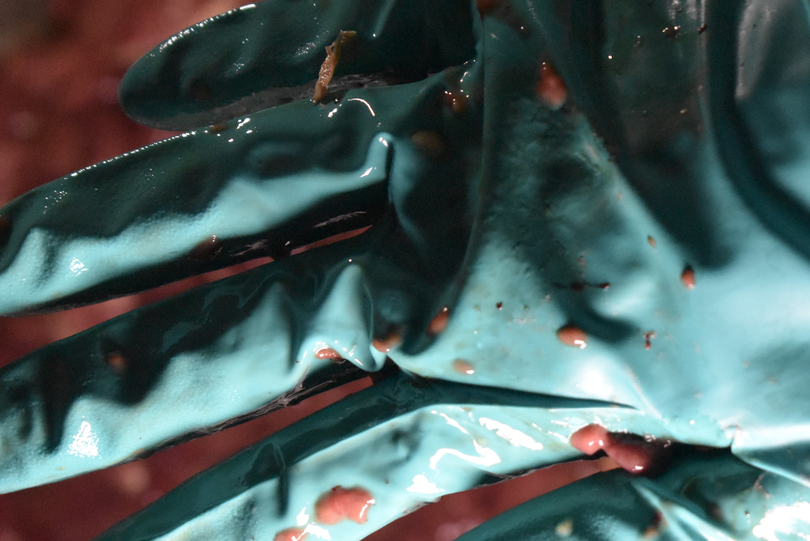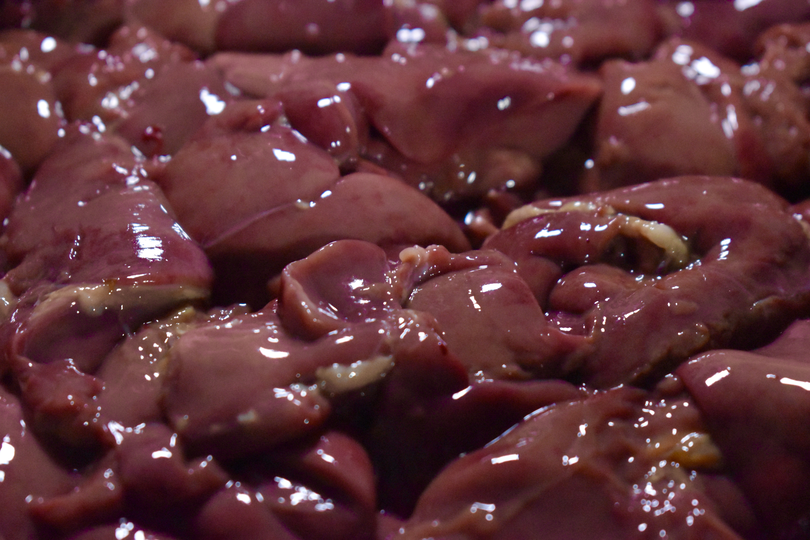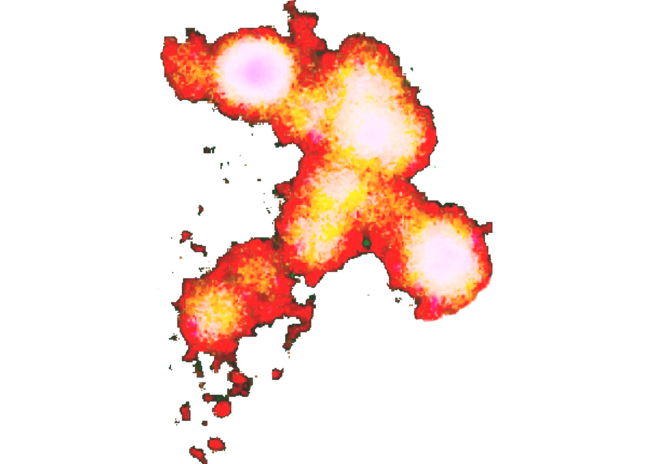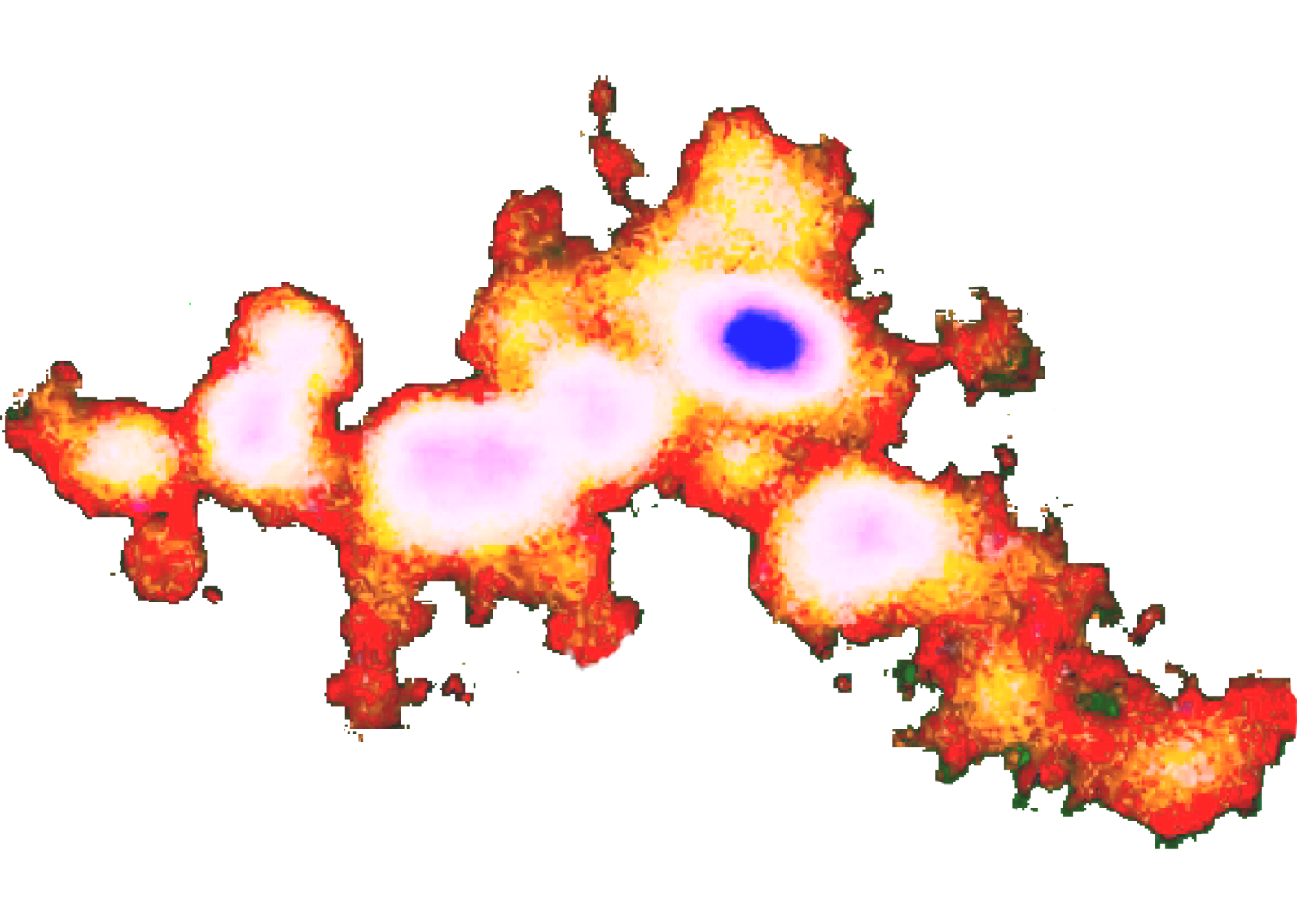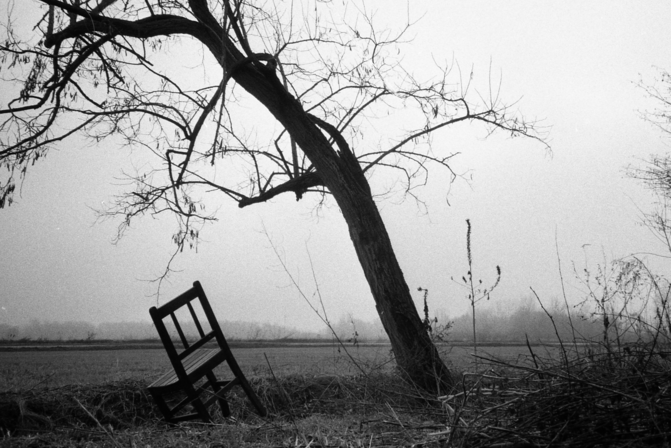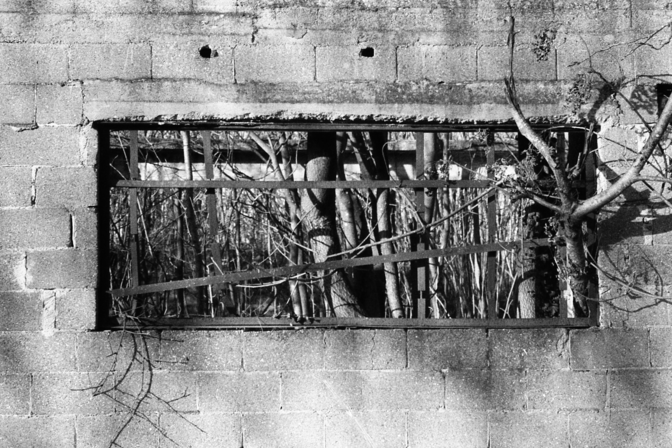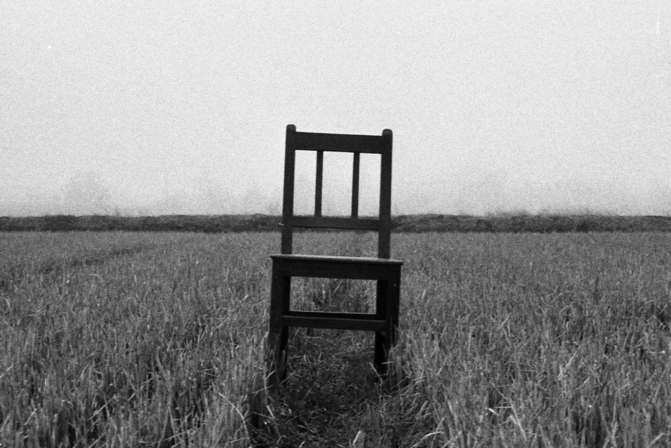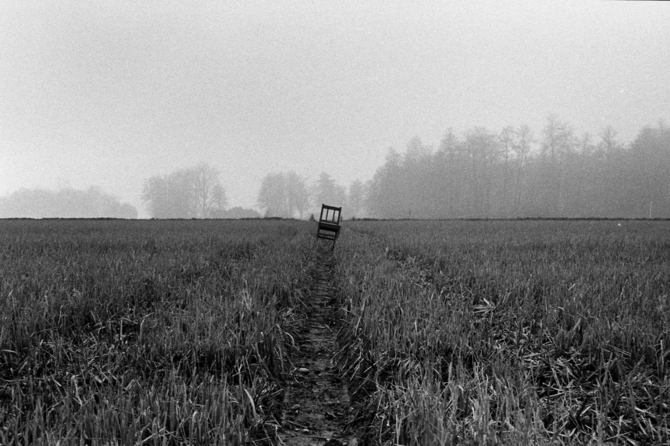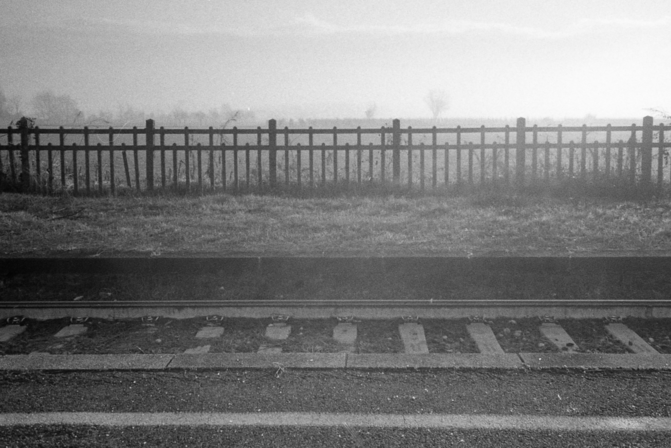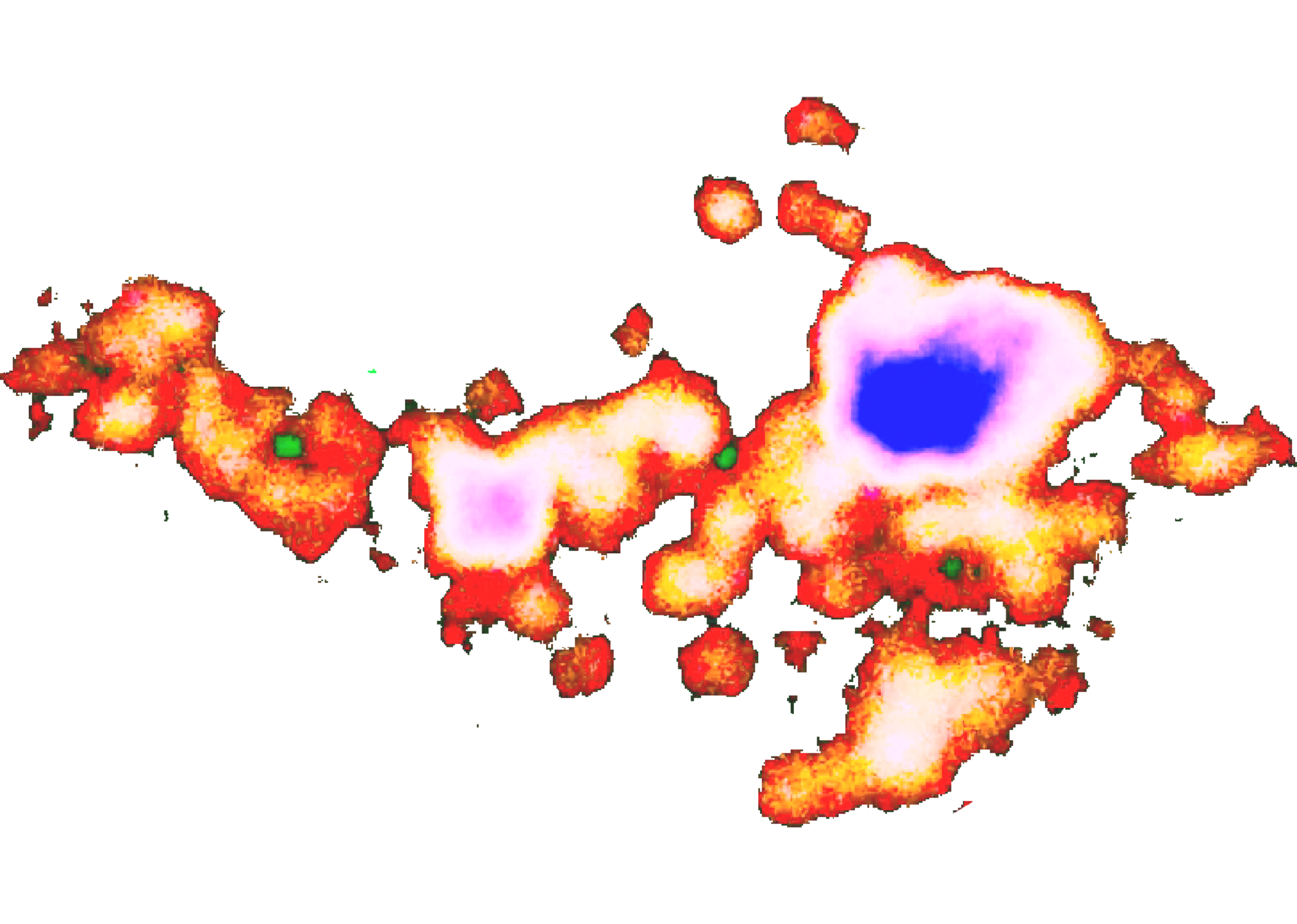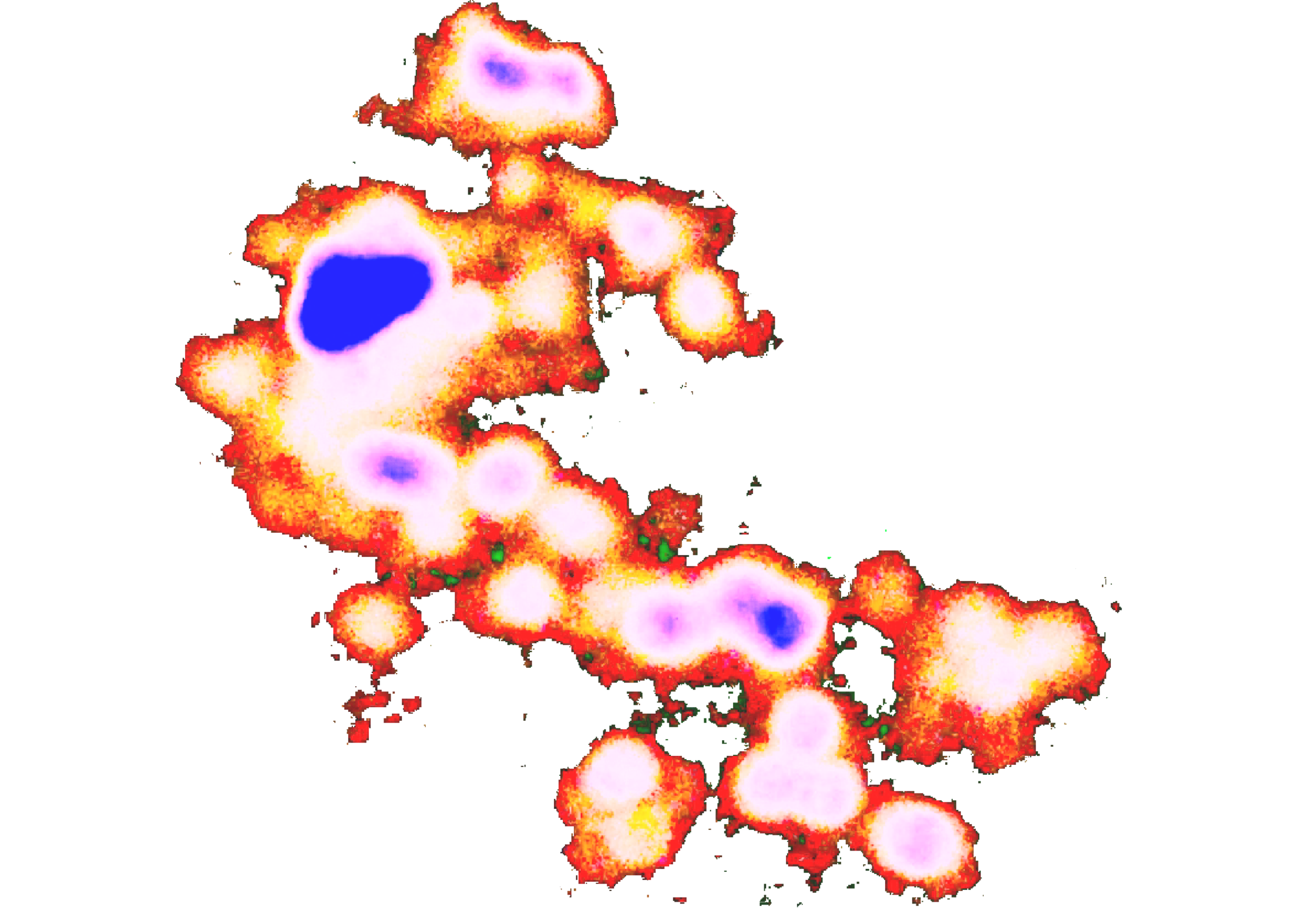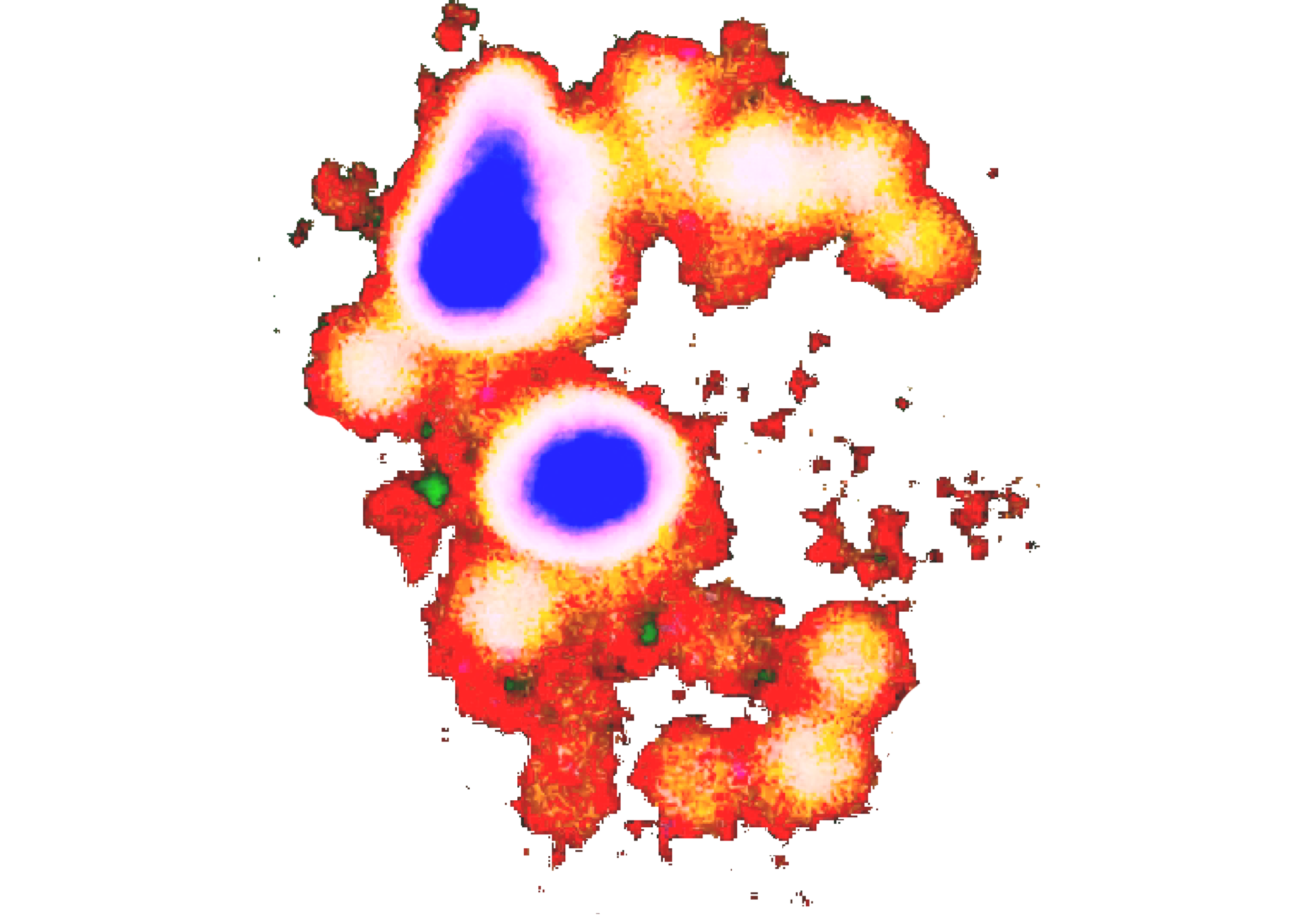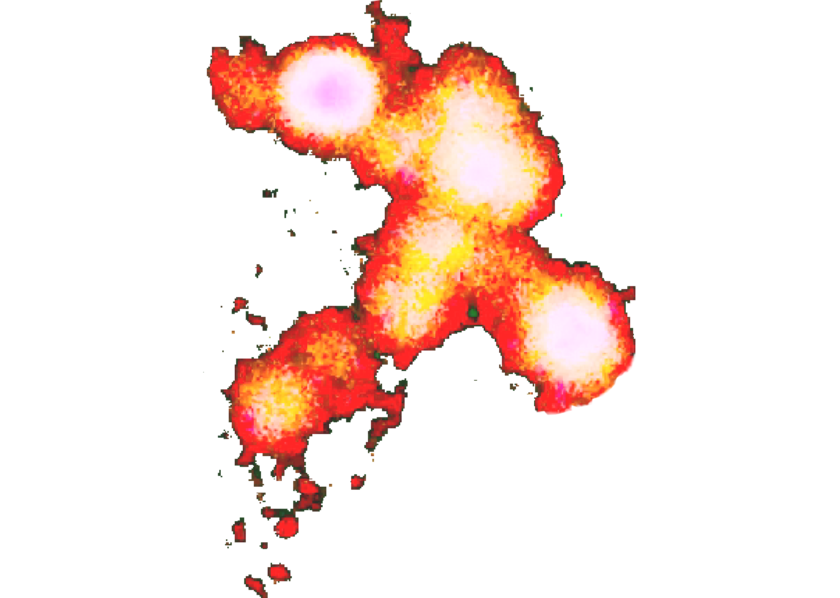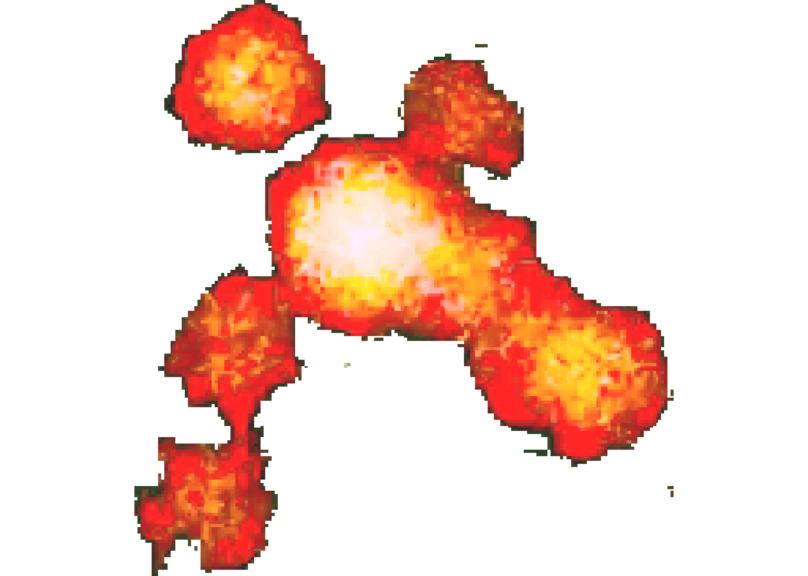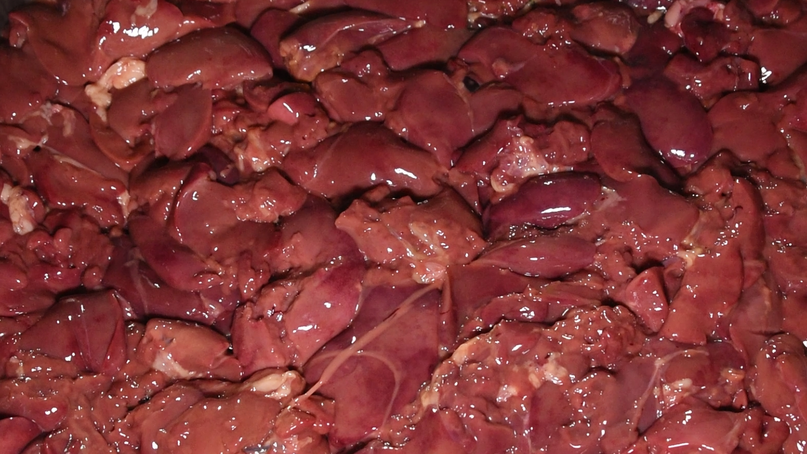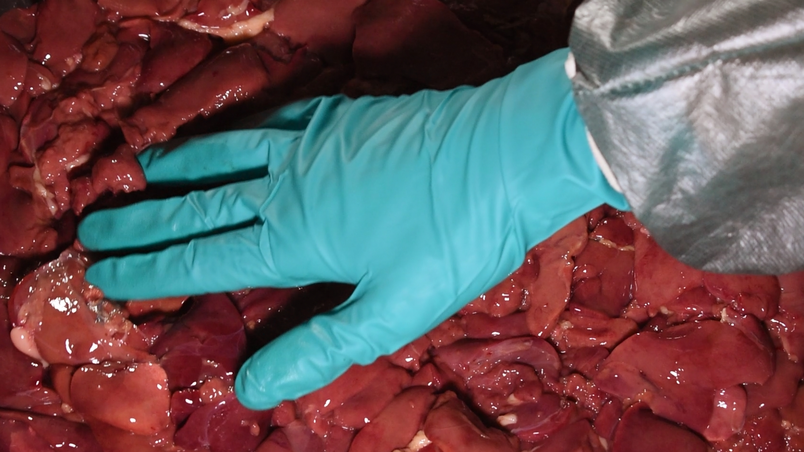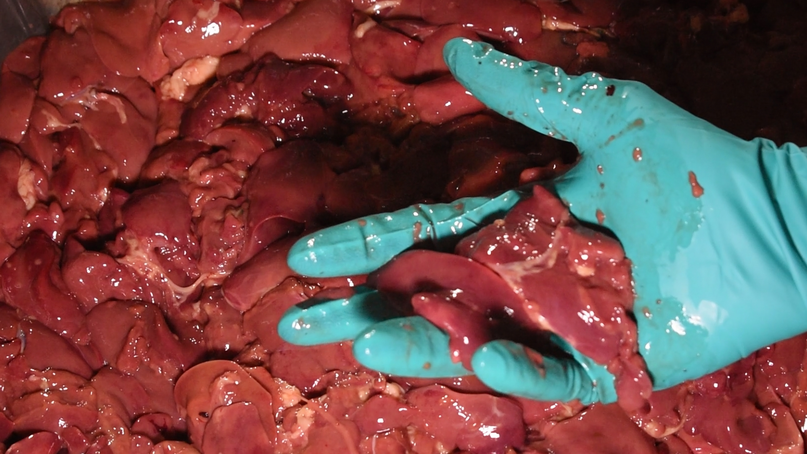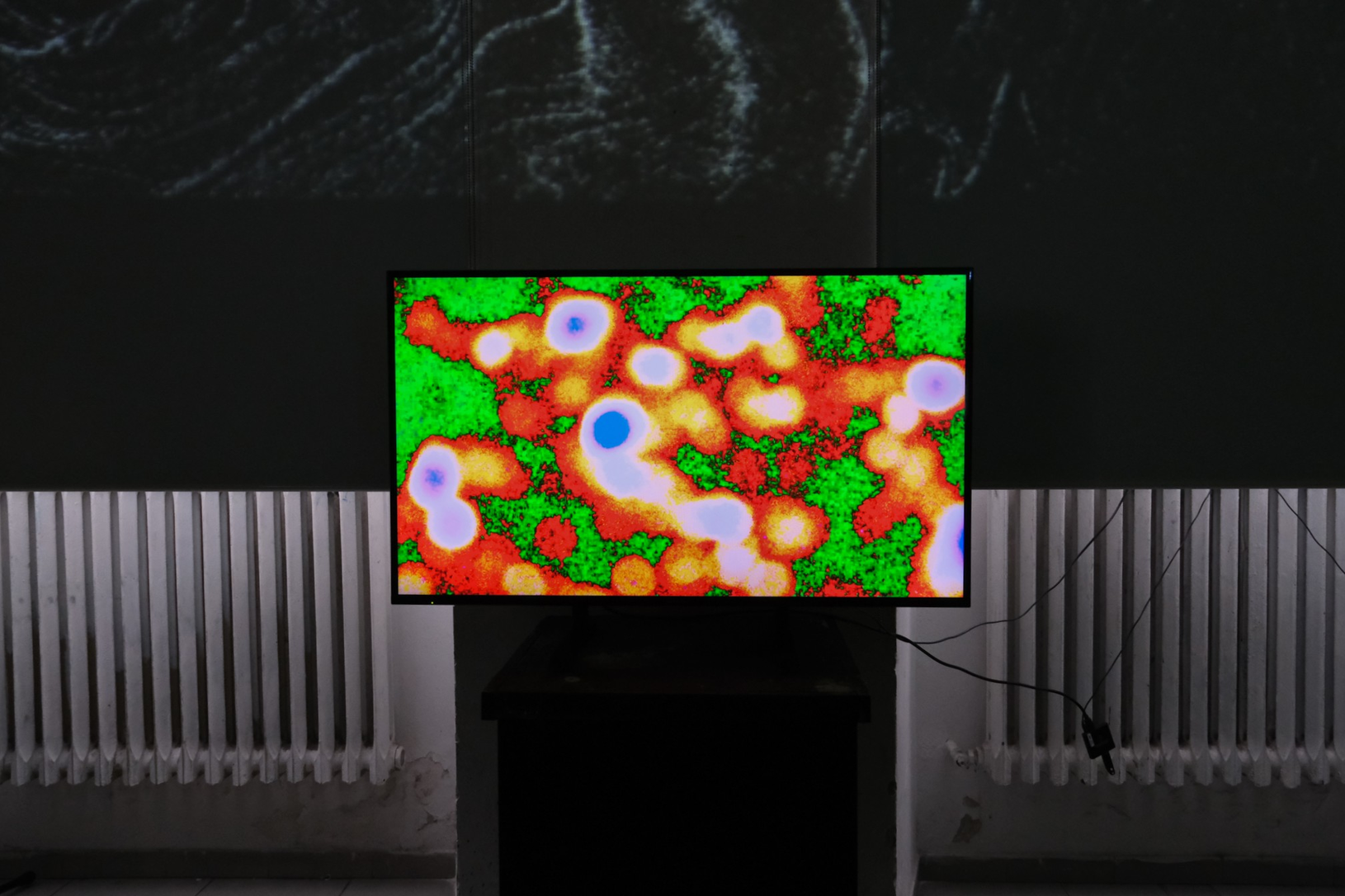Corpus Hominis dives deep into Christianity and its legacy. In a world plagued by conflicts and tragedies, the religious icon merely represents a projection and is unable to provide concrete solutions. Where is the all-good, all-powerful God?
We are the first ones to be held accountable for the current state of the world, yet we pray someone else would fix all of it. The core of the Church is made of millenia-old laws, unfit for today’s society, unfit for the ones who do not align with them. Still, they continue to be force-fed to the masses, with the premise of being the “Word of God”.
Mythology finds its purpose in explaining the unexplainable. Through legendary characters they metaphorically describe complex phenomena and conditions.
In a way, some of them are still relevant. Greek mythology in particular has penetrated our culture, making those iconic figures known to a widespread audience. A single word, a name, is capable of synthesizing an entire myth, and with it an entire issue related to human nature. While being tied to its legacy, it is stripped of its aura. The Gods are not flawless anymore, in fact, they were always imperfect, closer to us than anything else. And while nowadays there is no need to use fantastic tales to explain reality, there is an urgency to face our imperfection. By always comparing our mortal bodies to what persists, we feed into an illusion which can only be deconstructed using its own criteria.
This research is rooted in nihilism, exploring how the contrast between materiality and spirituality leads to a radical way of perceiving existence. What does it mean to be unable to believe in "what's beyond"? What role does the body play in such an issue?
Starting from philosophy, this debate finds expression through art and different iterations, attempts to face the consequences of nihilism.
This topic is the embodiment of a dead end, a territory of pure speculation. It plays on our primal fears, it is like a knot that cannot be untied. Yet we yearn for answers, discussions, or anything to get a better grasp on it and try not be overwhelmed by the void. What remains is skepticism towards the otherworldly, which represents the core of this research.
Augé, M. (1992). Non‑luoghi. Introduzione a una antropologia della surmodernità. Elèuthera.
Graves, R. (2017). Miti greci. Mondadori.
Pastoureau, M. (2016). Rosso. Storia di un colore. Ponte alle Grazie.
Nietzsche F. (1986) Così parló Zarathustra. Un libro per tutti e nessuno. Adelphi.
Hestia is dead. Her legacy fades into oblivion, leaving a faint memory. Only ash will remain.
Hestia’s identity is historically associated with the hearth. It was a key feature in every household, a symbol of hospitality. Since the city itself was considered an extension of the domestic environment, she was worshipped as its protector.
Hestia has metaphorically died, or perhaps we killed her. By caging ourselves in hostile architecture, the hearth was suffocated.
Estia is a compendium of situations: of loneliness, of feeling unwelcome, of emptiness. After all, why would anyone sit in the middle of nowhere?
The sight of innards is repulsive, striking, yet this is us. Prometeo plays with our internalized conception of life, blinded by the search for a deeper meaning. In mythology, Prometheus created mankind from clay. Here the situation is analogous. We are matter, and from matter we are born. Each piece of flesh is a life, every single one of them is chosen without an intent. It just happens. In the end, nobody is exempt, not even Prometheus.
The fear of nothingness is irrational and abstract. By associating it with raw imagery it finds a way to be perceived without compromises. Red and green hues complement each other, making the result even more intense.
The word Pantheon refers collectively to the gods of a specific religion. Such a definition suits this growing collection of artworks well. This is not just a group of mythical figures, it is a plethora of fears, flaws and uncertainty regarding the otherworldly. These legends are not bound to their origin culture, they instead embody a synthesis, a way to get a better grasp on an issue. While keeping their original purpose, they evolve and adapt to fit contemporaneity.
Tiresia is the inability to see beyond, or perhaps the utter disinterest in doing so. We can keep trying, we can get extremely close, but will we ever get an answer? Some are unfit for faith, unable to believe in the sweet promises of the otherworldly. The weight of reality is too much, it is overwhelming. Tiresias was cursed with blindness for uncovering the Gods’ secrets. We relate to him, but unlike him, we are born in blindness.
Tiresia tends to complete abstraction: the video gets destroyed, an aggressive color correction creates an indecipherable moving image. Shapes and hues create impressions of microbiology and astronomy, oscillating between recognizable and unknown.
Prometeo truly represents one of the first steps of my research, combining my interest in anatomy with the urge to investigate existence. This kind of artwork corners the viewer, it unceremoniously shows matter for what it is.
To me, Prometeo does not unveil anything unseen. In fact the exploration of this issue does not lead to any truthful answer. Furthermore, looking for one would be hypocritical. What Prometeo does is evoke a feeling, which can be internalized differently by each individual.
